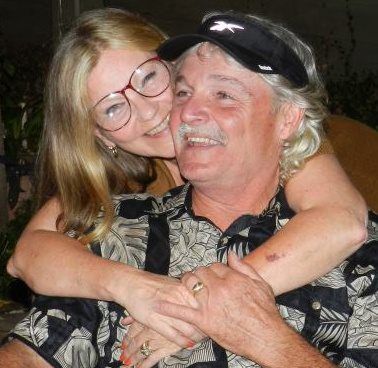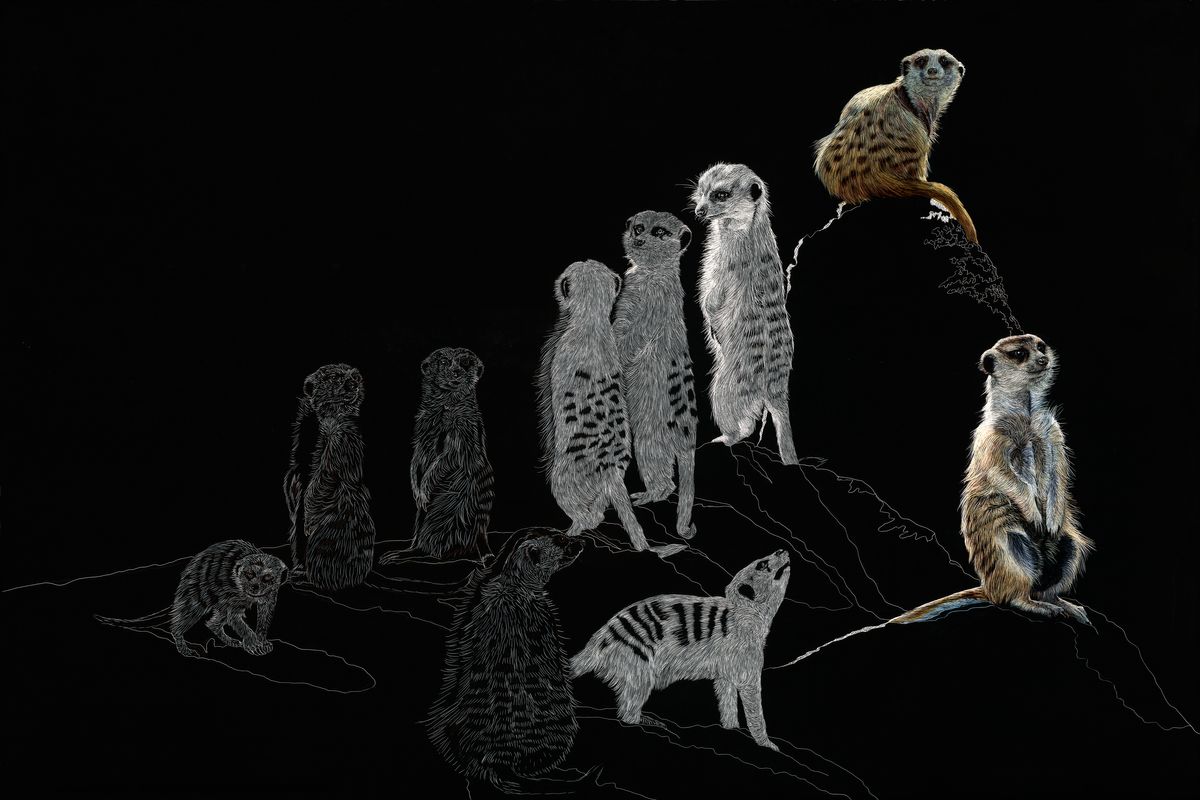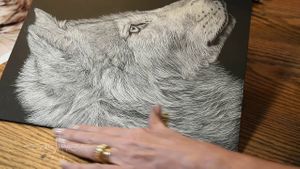bio/how to

about Sally
A native of Illinois, artist Sally Maxwell has been working with scratchboard since 1967. Shown in galleries throughout the United States, her work is renowned by private and corporate collectors for its ability to capture the beauty and emotion of the wildlife and the natural world.
Since childhood, Sally has found inspiration in animals and her own colorful garden; each piece is like a snapshot of the intensity that nature can possess in its quiet moments. Sally’s work tells stories and suggests relationships through subtle details such as the way two creatures lock eyes or snuggle next to each other.
Sally has helped to define scratchboard as a fine art medium; using similar techniques to etching or engraving, scratchboard originally was used for magazine illustration and for products in catalogs. Working with scratchboard allows Sally to layer up rich, deep colors and capture minute details, and her innovation and experimentation with new tools has given her the ability to produce a softer, less linear technique.
Sally was selected by the International Society of Scratchboard Artists to be designated as one of now 12 in the world with the status Master Scratchboard Artist. She is already a Signature member in the Society of Animal Artists, and a Silver Signature member of Artists Changing Tomorrow, plus a Master Signature member of American Women Artists.
Sally has created over 30 scratchboard kits for Ampersand Art Materials and authored 3 books on scratchboard technique, including “How To Draw Pets” and “How to Draw Zoo Animals”. Plus a full one hour video on many techniques. In 2007, Sally was honored to have one of her pieces chosen as the label for Ampersand Art Materials’s Scratchbord product.
Sally works from her studio in the countryside of La Grange, Texas, where she lives with her husband, George. She takes frequent trips with friends and family, always with a digital camera to capture interesting flora and wildlife she finds on her adventures. Sally has won many awards and shows her work around the country at Invitational Museum Shows, Marcus Ashley Gallery, South Lake Tahoe, CA, Santa Fe Trails Gallery, Santa Fe, NM, and her own Gallery in La Grange, Texas.
For a complete 5 page history open the PDF, Please!
About Scratchboard
Scratchboard is a medium that is over 100 years old, but has usually been used as a commercial art and illustrating medium. With the addition of color 30+ years ago and the development of a "new" scratchboard that has a rigid subsurface, it has made its way into the Fine Art category. It is now accepted in Museum shows all over the world and enjoys experimentation by many artists in varying techniques.
Basically it consists of a rigid surface covered by white Kaolin clay which is sanded smooth and then a layer of black India ink is applied using an airbrush. This surface is cut through using anything from a sharp pin to dental tools or Doctors' scalpel. specific tools are made and sold for use on the board, plus artists are continually experimenting to find new things which remove the black ink surface. I have found emery paper or sanding sponges useful as well as fiberglass erasers. I am currently experimenting with liquid removal methods.
Several booklets put out by Ampersand Art Materials are available that I have written to show you how to do projects. There are also kits available at most hobby/art supply stores. Here is a direct link

The image is transferred to the surface by applying chalk to the back of a drawing and tracing over the lines. Then, starting from the left side of the illustration you see that you scratch off your basic guide lines using a line tool, so that if you smudge off the chalk you still maintain a guide. Next step you continue to fill in more lines between the first ones until you reach a "grey" stage. Now you continue to cut the highlighted areas.
Once all of the texture and tonal ranges have been cut, the image is painted in with colored India inks. Some use watercolor, but I found it stains the undercoat of chalk and you cannot cut it back off to pure white. The ink is applied just as you would work a watercolor painting, but you have black guidelines. The ink can be overpainted on the black because it is transparent and becomes part of the black. This makes the painting part quite easy. Once it is painted and dry, the piece can be cut again in the areas the light is hitting the subject for final highlights as the final meercat shows.

